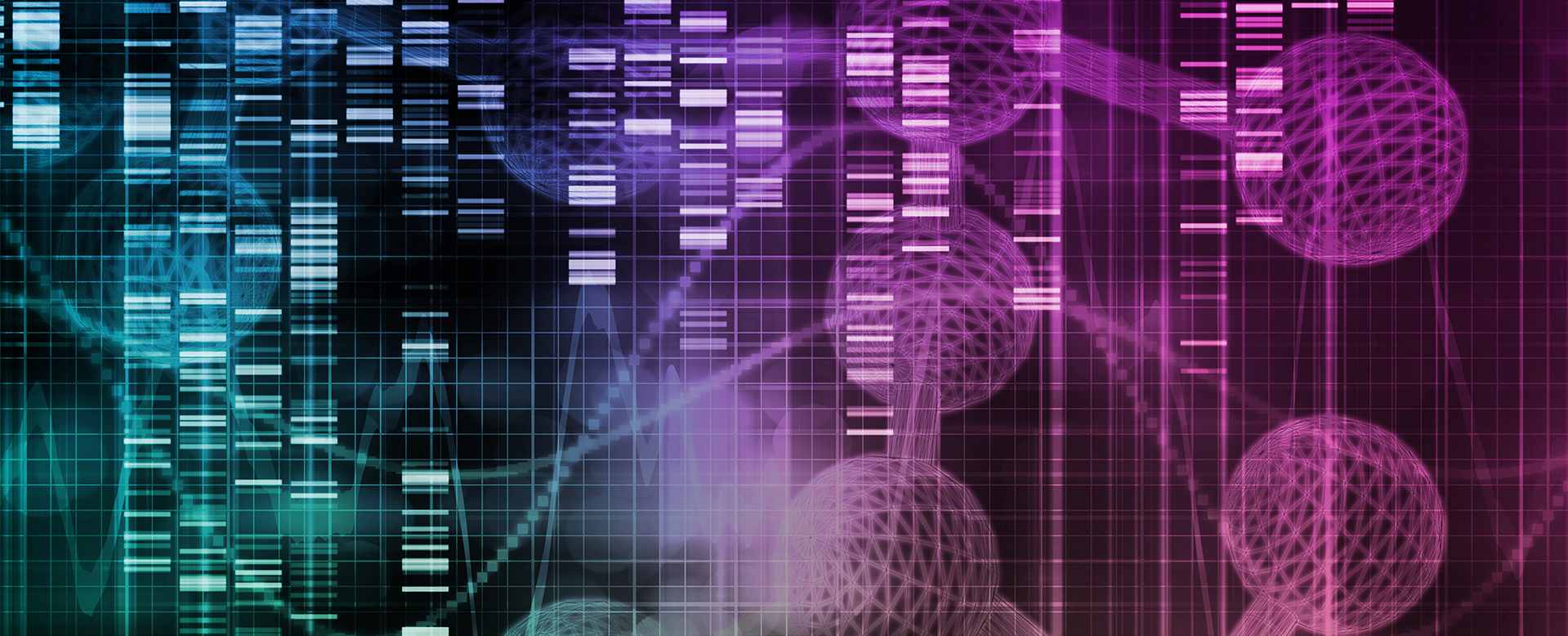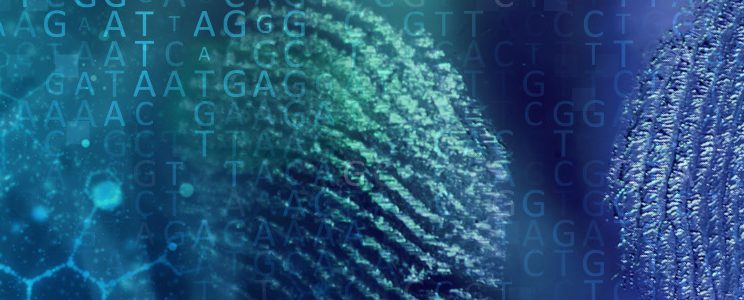Overview
This webinar will describe a method for assessing whether a set of genotypes at the CODIS microsatellite markers is drawn from the same person as a set of genome-wide SNP genotypes.
Forensic-genetic work in the United States relies largely on the CODIS markers, a set of 20 (until recently, 13) microsatellite loci in heavy use since the 1990s. One premise that has influenced forensic practice--figuring in discussions of both backward compatibility of SNP-based systems with the CODIS database and of genetic privacy--is that the information provided by the CODIS loci is completely distinct from the information provided by larger sets of single-nucleotide polymorphisms (SNPs). Though the associations between CODIS markers and specific genetic variants known to influence phenotypes are low, there may still be a connection between CODIS records and SNP information if pairs of CODIS and SNP genotypes can be identified as coming from the same person--that is, if CODIS and SNP records can be linked.
A recently reported genetic record-linkage method assesses whether a particular set of genotypes from the CODIS markers is likely drawn from the same person (or an identical twin) as a set of genome-wide SNP genotypes (Edge, Algee-Hewitt, Pemberton, Li, & Rosenberg, 2017, PNAS). The method identifies matches with high accuracy in the presence of hundreds of false distractor matches, with implications for both the plausibility of backward compatibility of a SNP-based forensic database and for genetic privacy.
A certificate of completion is available for all who register and attend this webinar.
Presenter
- Michael "Doc" Edge
Funding for this Forensic Technology Center of Excellence webinar has been provided by the National Institute of Justice, Office of Justice Programs, U.S. Department of Justice.
The opinions, findings, and conclusions or recommendations expressed in this webinar are those of the presenter(s) and do not necessarily reflect those of the U.S. Department of Justice.
Contact us at ForensicCOE@rti.org with any questions and subscribe to our newsletter for notifications.




